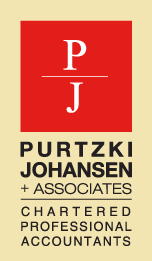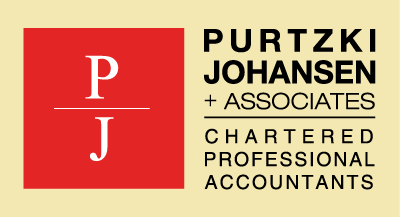The beauty of setting up a corporate health plan is that it allows you to write off medical and dental expenses for yourself and your dependents against your dental income, without creating a taxable benefit. Not having to report personal medical expenses as an employment benefit is the equivalent of a 40 per cent discount on your own medical expenses.

Setting up a health plan is easy and involves the following steps.
- You need to prepare a director’s resolution establishing the plan. The resolution basically states that as a company director, you can decide which expenses will be eligible for reimbursement and enter into agreements with employees eligible to participate in the health plan. You do not have to send the resolution to the tax department, simply file it in your minute book.
- You need a written employment agreement with each employee participating in the health plan. The agreement addresses the criteria for participation and claim limits. The health plan should be offered to all eligible employees, including those at arm’s length. If you exclude employees who are not family members, you run the risk CRA will determine that you are receiving benefits in your capacity as a shareholder rather than as an employee. Your corporation will be denied the tax deduction and the amount of the benefit will added to your income.
Eligible expenses
Justifying expenses for a corporate health plan are limited to medical expenses that qualify for a personal medical expense credit.
These expenses include:
- Premiums for private health care plans.
- Professional services
All services are eligible, provided they are performed by a qualified medical practitioner including: massage therapist, optician, practical nurse, registered nurse, speech therapist, hearing specialist. Please note: services must be provided by a certified medical practitioner, legally authorized to practice in your province.
- All dental services except for purely cosmetic treatments such as teeth whitening.
- Laboratory examinations and tests
- Hospital services. This includes payments to private surgical facilities
- Medicines. This includes all prescription drugs and non-prescription medicines prescribed by a dentist, medical doctor.
- Materials and apparatus prescribed by a medical practitioner. This includes glasses and contact lenses, any device designed to assist walking, pace makers, and orthopedic shoes.
- Other materials and apparatus which do not require a prescription. These include hearing aids, blood sugar measuring devices, crutches and wheelchairs.
Once you have set up a health plan, expenses paid on behalf of employees must be tracked in your accounting system. You will need to monitor the yearly amount paid to employees in relation to their entitlement under the plan.
If you are interested in setting up your own health plan, contact us and we will be happy to send you sample documentation at no cost.



